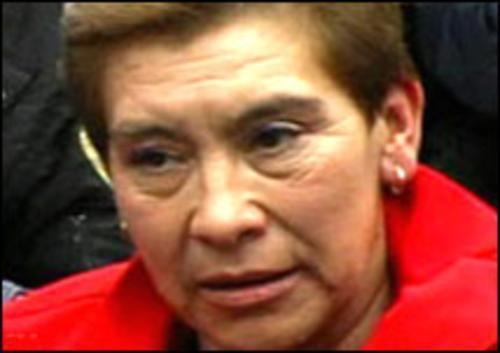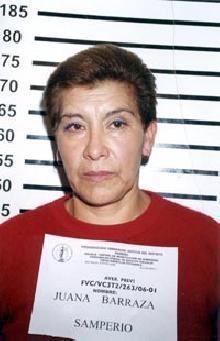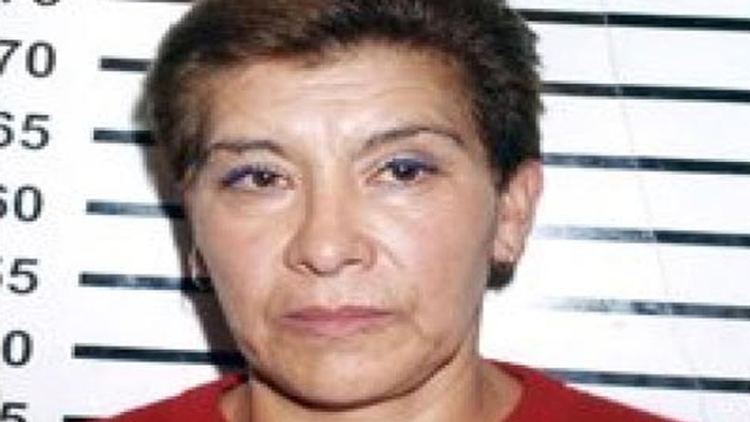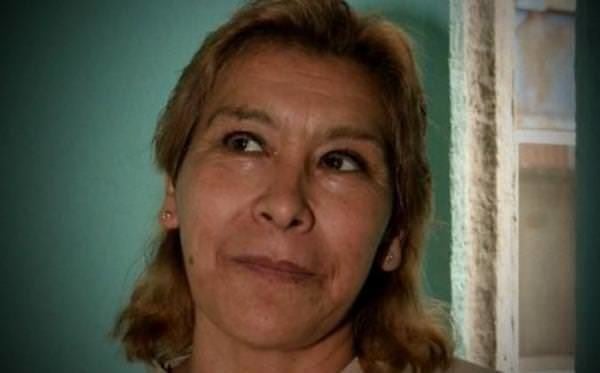Criminal penalty 759 Years Victims 11+ Name Juana Barraza | ||
 | ||
Other names Mataviejitas (Sp. "Old Lady Killer")La Dama del Silencio (Sp. The Lady of Silence) Similar People Raul Osiel Marroquin, Jose Luis Calva, Gregorio Cardenas Hernandez, Sara Aldrete, Francisco Guerrero | ||
Span of killings 1998–January 25, 2006 Date apprehended January 25, 2006 | ||
Serial killers juana barraza graphic images
Juana Barraza (born 27 December 1957) is a Mexican former professional wrestler and serial killer dubbed La Mataviejitas (Sp. "The Old Lady Killer") sentenced to 759 years in jail for killing between 42 to 48 elderly women. The first murder attributed to Mataviejitas has been dated variously to the late 1990s and to a specific killing on 17 November 2003. The authorities and the press have given various estimates as to the total number of the killer's victims, with totals ranging from 24 to 49 deaths.
Contents
- Serial killers juana barraza graphic images
- Juana barraza damas da morte
- Early life and family
- Profile
- Investigation
- Trial and verdict
- Mujeres Asesinas
- Documentaries
- In popular culture
- References

Juana barraza damas da morte
Early life and family

Juana Barraza was born in Epazoyucan, Hidalgo, a rural area north of Mexico City. Barraza's mother, Justa Samperio, was an alcoholic who reportedly exchanged her for three beers to a man who repeatedly raped her in his care, and by whom she became pregnant with a boy. She had four children in total, although her eldest son died from injuries sustained in a mugging. Prior to her arrest, Barraza was a professional wrestler under the ring name of La Dama del Silencio (The Silent Lady). She had a strong interest with lucha libre, a form of Mexican masked professional wrestling.
Profile

All of Barraza's victims were women aged 60 or over, and most of them lived alone. She bludgeoned or strangled them, and afterwards robbed them.

Bernardo Bátiz, the chief prosecutor in Mexico City, initially profiled the killer as having "a brilliant mind, [being] quite clever and careful", and probably struck after a period spent gaining the trust of an intended victim. Officers investigating suspected that she posed as a government official offering the chance to sign up to welfare programs.

The search for Barraza was complicated by conflicting evidence. At one point, the police hypothesized that two killers might be involved. Then an odd coincidence distracted the investigation: at least three of Barraza's victims owned a print of an eighteenth-century painting by the French artist Jean-Baptiste Greuze, Boy in Red Waistcoat.

Reasons which can be attributed to the authorities believing that Juana Barraza was brilliant was because she was a psychopath. Barraza had no remorse for her actions and therefore did not associate pain with her actions either. She attributed the older women whom which she preyed on to be similar to her mother and thus she was helping society by killing them. By posing as a government official she was able to gain these women's trust. Because of these tendencies, Barraza can be classified under the care giving classification which depicts women murders categorizing them by their actions. Even though Barraza was not directly caring for these women she posed as a person who would care for them, which was the government official who worked in the social welfare department. Barraza portrayed herself to be a worker that would provide help to these older women. Barraza was abused when she was a child, this trauma was brought into her killing, when the police found evidence that some of her murder victims were also abused
Investigation
The authorities were heavily criticised by the media for dismissing evidence that a serial killer was at work in Mexico City as merely "media sensationalism" as late as the summer of 2005. Soon after setting an investigation in motion, the police incurred further criticism by launching what one journalist described as a "ham-fisted" and unproductive swoop on Mexico City's transvestite prostitutes.
By November 2005, the Mexican authorities were reporting witness statements to the effect that the killer wore women's clothing to gain access to the victim's apartments. In one case a large woman in a red blouse was seen leaving the home of a murdered woman. Two months later, police began checking the fingerprints of bodies in the city's morgues in the apparent belief that Mataviejitas might have committed suicide.
A major breakthrough in the case occurred on 25 January 2006, when a suspect was arrested fleeing from the home of the serial killer's latest victim, Ana María de los Reyes Alfaro, who lived in the Venustiano Carranza borough of Mexico City. Alfaro, 82, had been strangled with a stethoscope.
To the surprise of many Mexicans, who had supposed the killer to be male, the suspect detained was Juana Barraza, 48, a female wrestler known professionally as The Silent Lady. Witnesses at previous murder scenes had described a masculine-looking woman and police had previously looked for a transvestite although they later admitted that the former wrestler resembled composite images of the suspect. Barraza closely resembled a model of the killer's features, which showed La Mataviejitas with close-cropped hair dyed blonde and a facial mole, and was carrying a stethoscope, pension forms and a card identifying her as a social worker when she was detained.
Mexico City prosecutors said fingerprint evidence linked Barraza to at least 10 murders of the as many as 40 murders attributed to the killer. The wrestler is said to have confessed to murdering Alfaro and three other women, but denied involvement in all other killings. She told reporters she had visited Alfaro's home in search of laundry work.
Trial and verdict
Barraza was tried in the spring of 2008, the prosecution alleging she had been responsible for as many as 40 deaths. She admitted one murder, that of Alfaro, and told the police her motive was lingering resentment regarding her own mother's treatment of her. On 31 March she was found guilty on 16 charges of murder and aggravated burglary, including 11 separate counts of murder. She was sentenced to 759 years in prison. Since sentences imposed in Mexican courts are generally served concurrently, but the maximum sentence under Mexican law is 60 years, she will most likely serve the full sentence in prison.
Mujeres Asesinas
Mexican producer Pedro Torres brought the story to television on an episode of the 2010 Mexican Television series Mujeres Asesinas 3 that is being produced by Televisa. The episode is called "Maggie, Pensionada" starring the Mexican actress Leticia Perdigón as Maggie and Irma Lozano, Ana Luisa Peluffo and Lourdes Canale as victims.
Documentaries
Barraza was highlighted in the documentary "Instinto Asesino" which aired on Discovery en Español in 2010. The episode was entitled, "La Mataviejitas". Juana Barraza was also highlighted on the show La Historia Detras Del Mito the episode was entitled La Mataviejitas. In September 2015, Barraza was highlighted in the Investigation Discovery series Deadly Women, in an episode titled "Payback."
In popular culture
"Machismo", the nineteenth episode of Season One of Criminal Minds is partly based on Barraza.
